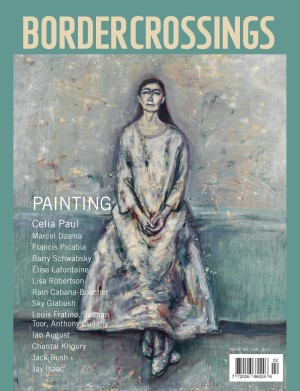Articles
-

Ends and Beginnings: The Generative Photographs of Nan Goldin
In the interview that follows, “beauty” is spoken. Goldin says, about her photographs from Eden and After, “I desire the beauty. I’m attracted to people who are beautiful. And my people are all kinds of beautiful.”
-

Shelter, Seeking Solace: The Photographs of William Eakin
Over the course of the winter and spring of 2020, William Eakin walked a lot, with camera in hand, along the riverbanks of Winnipeg. He began to photograph the cottonwood trees along the rivers, an exercise that would crystallize into a systematic project and has now resulted in the artist’s most recent body of work, “Shelter.”
-

Complex Polyphonies: Sounding the Art of the Otolith Group
The Otolith Group has become widely known for the criticality of their research-based video, film and installation works. These demand we think and rethink questions of colonialism, race, time and the subject’s relation to these categories through a range of technologies, ideological filters and speculative possibilities.
-

The Man with the Moving Camera
I sometimes feel like I don’t know how not to produce photography. When I’m in a long period, and it does happen, that I’m not producing my own work, I feel something important is being neglected.
-

On Letting Go: How Art Institutions and Artists Are Correcting History
It is difficult to discuss the unprecedented upheaval of the past year without sounding clichéd.
-

Yayoi Kusama
“When we obliterate nature and our bodies with polka dots, we become part of the unity … I become part of the eternal … in Love”
-
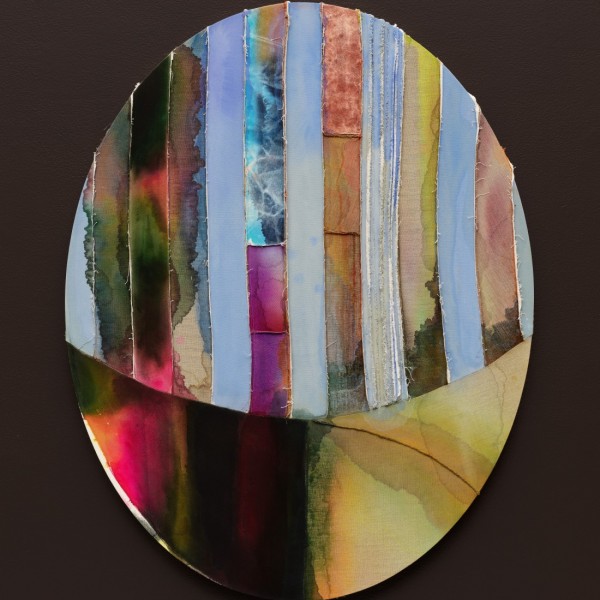
Elaine Stocki
Disassembled—with some sections washed and bleached—and then restretched, the works bear the vestiges of material transformation and time, fading, slackening and softening like skin.
-
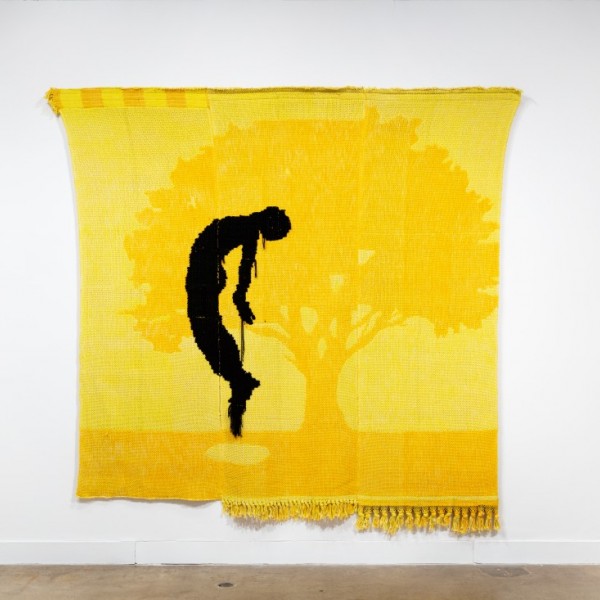
Diedrick Brackens
Brackens’s ghosts turn up as lifesized silhouettes, often in pairs, reaching out for, carrying and working to heal one another across highly saturated hand-dyed threads.
-

“One Queer City”
Whereas Millan and Dempsey’s original project articulated queer people’s struggle to express their identity within a public space governed by restrictive heteronormative ideology, the new works face a different challenge, one rooted precisely in an apparent abundance of freedom.
-

Rita McKeough
These twinned (but reversed) plant/human relationships point to an ethical question: What do we owe plants that make our survival possible? “Come closer. Please help us,” whisper the roses.
-
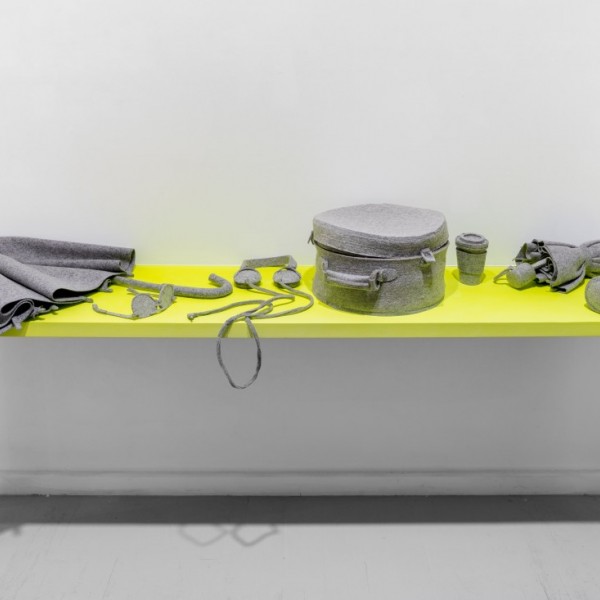
Maria Hupfield
Transforming everyday objects into new assemblages, and then employing these not as simple ready-mades for contemplation but as useful, processual or ritualized extensions of herself, Hupfield gives life and vitality to the often dry, obtuse minimalism of contemporary conceptual art.
-
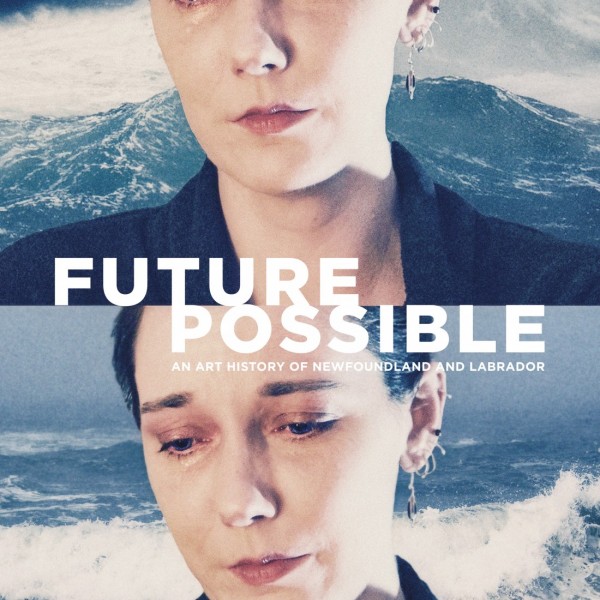
Future Possible: An Art History of Newfoundland and Labrador
Haven’t found what you're looking for? Explore our index for material not available online.

